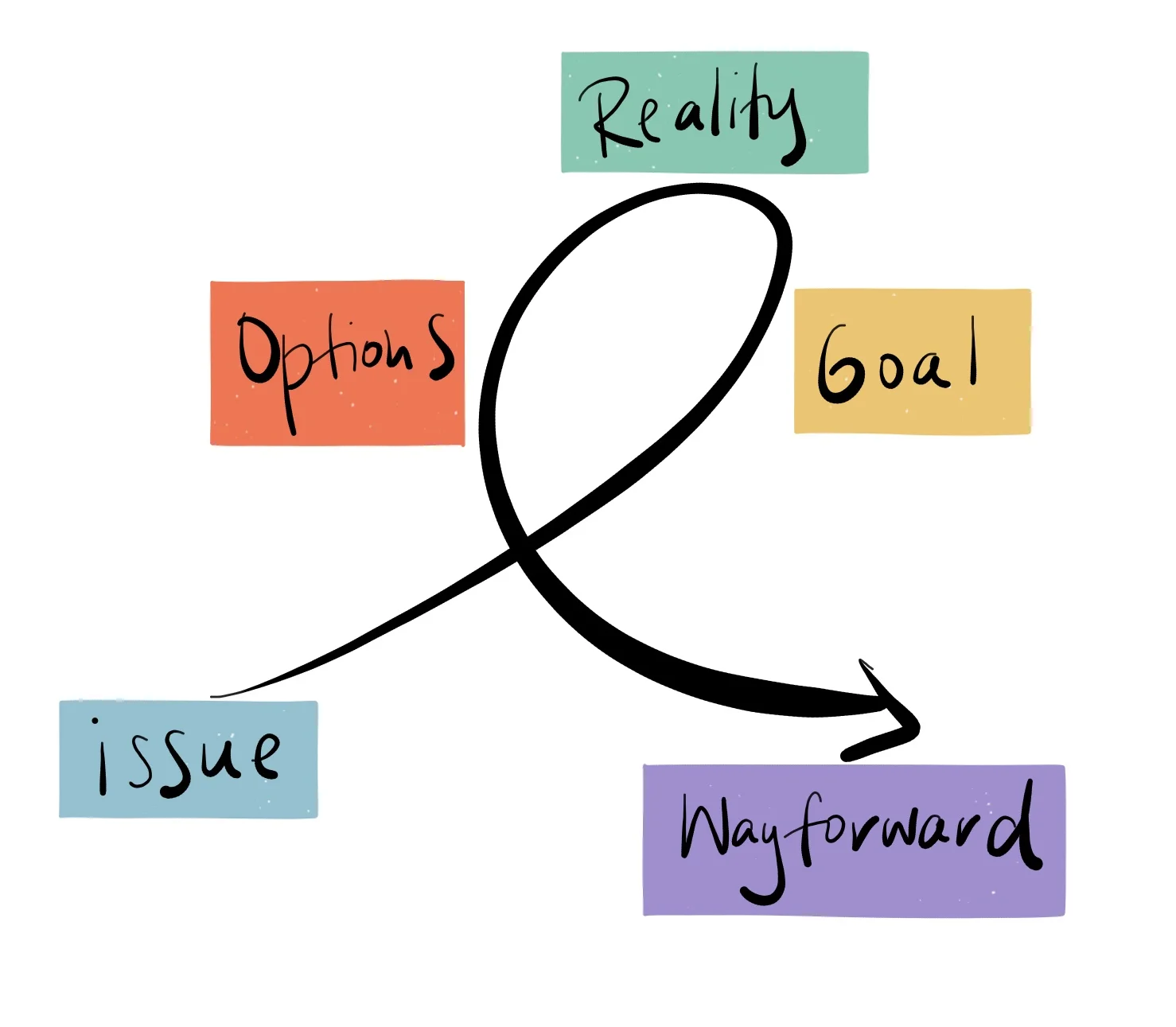An epic framework, for solving problems.
What is iGROW?
A powerful, five step, sequential process/framework for problem-solving, and goal setting
Used for facilitating individual (personal) coaching, and group (team) coaching
Designed for situations in which you already know what the problem is you are trying to solve (if you don’t have clarity on what the problem is yet, I have other tools for defining this first)
First developed as GROW in the late 1980s by business coaches Graham Alexander, Alan Fine, and Sir John Whitmore (and I added the ‘I’ to the model recently, as an important first step).









